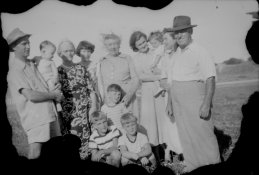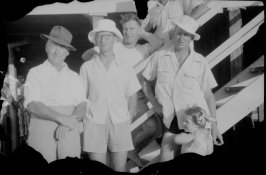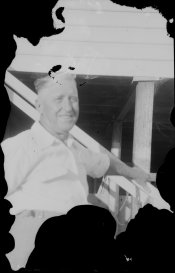Surprisingly, I had some success separating the negatives. I lost some emulsion at the edges of each frame but the rest was preserved. I did exactly what you suggested: left the stuck negatives in a photo flo solution for several days. We are heading into the summer in Australia with the daily temperatures above 30 oC so I put the negatives in a jar and kept it in the fridge for a couple of days agitating gently once or twice a day. (Disclaimer: My wife is a former chemist. Your mileage can differ significantly when you decide to put photographic chemicals in a family fridge). I left the negatives in the solution (still cold) and letting it slowly come to room temperature before hanging the negatives to dry. I'll post the pictures once they are dry and safe to scan.
Is there anything I can do at this stage to further preserve them? Would you harden them? I personally don't think it is necessary but I would like to hear your opinions.
Thanks a lot for your replies. Even the most pessimistic comments were strangely encouraging, sort of "go ahead, there's nothing to lose".
Regards,
Romanko








